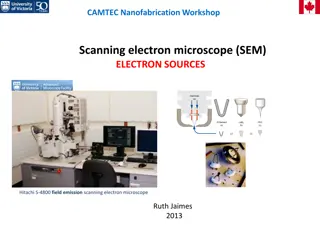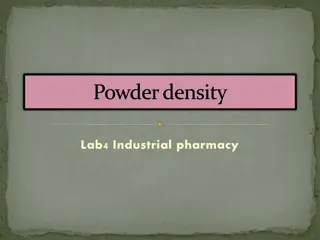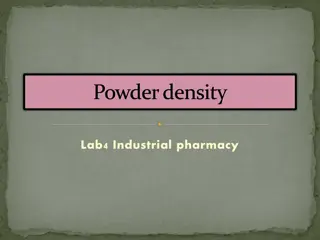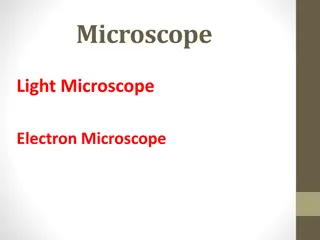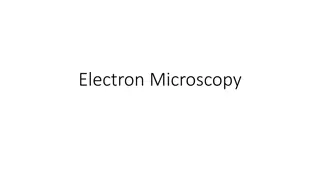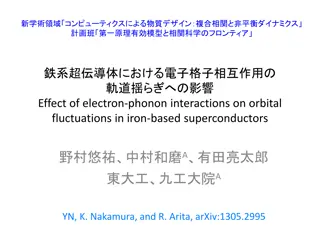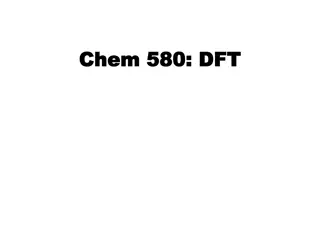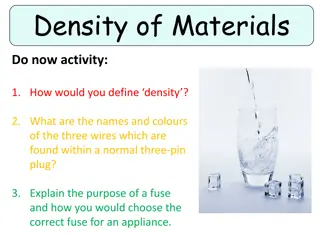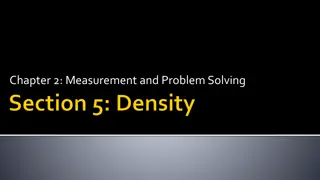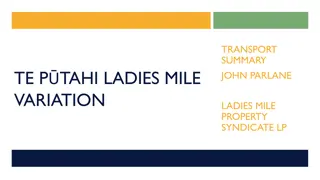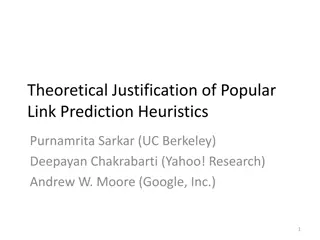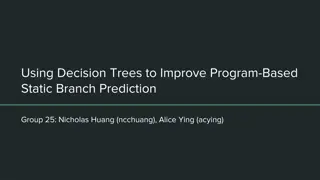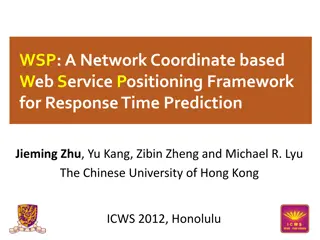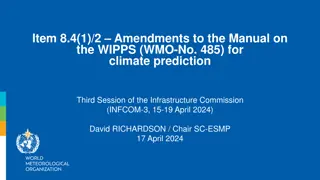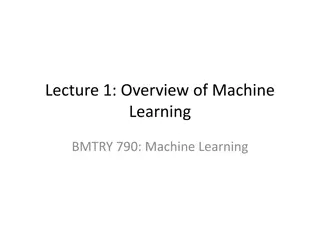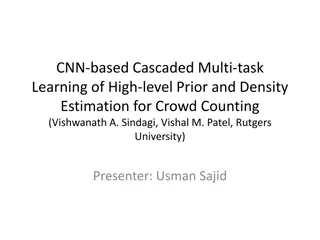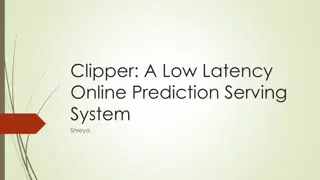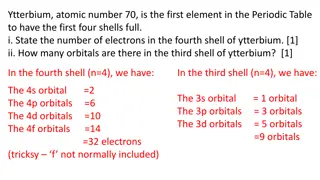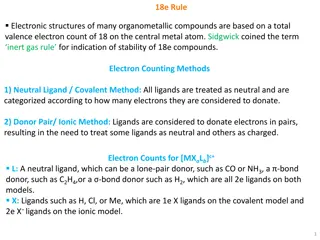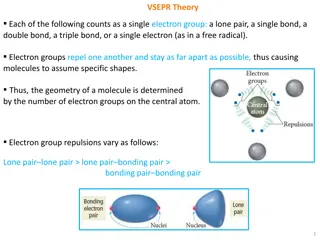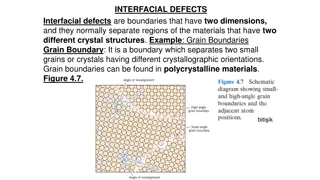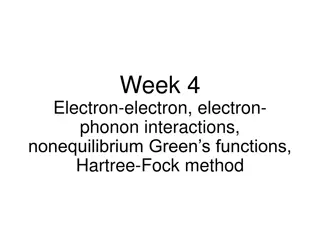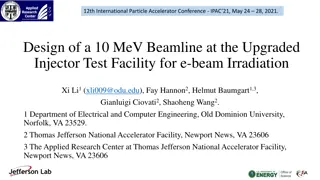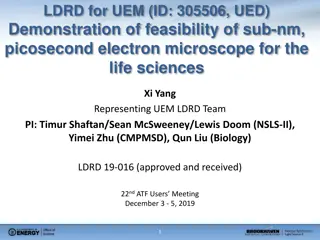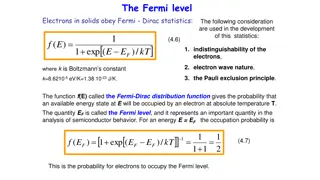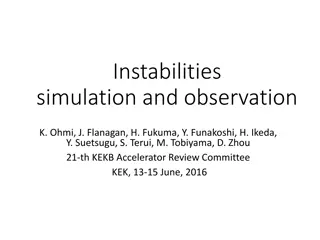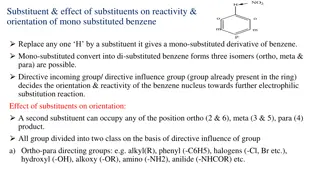Advancements in Machine Learning for Electron Density Prediction
Electron density is crucial for understanding atomic bonding. This research project explores using machine learning, specifically a Unet architecture, to predict electron density in a Lithium-Oxygen-Lithium system. The data set was generated by varying the positions of Lithium atoms and calculating electron density for different configurations. Results show promising outcomes, with predictions closely matching labels. Future research will focus on hyperparameter tuning.
Download Presentation

Please find below an Image/Link to download the presentation.
The content on the website is provided AS IS for your information and personal use only. It may not be sold, licensed, or shared on other websites without obtaining consent from the author. Download presentation by click this link. If you encounter any issues during the download, it is possible that the publisher has removed the file from their server.
E N D
Presentation Transcript
ACRES 2018 Research Project Muawiz Chaudhary, Jialin Liu, Paul Sinz, Yue Qi, Matthew Hirn
What is electron density? Electron density is a measure of the probability of an electron being present at a specific location. Knowing the electron density gives us information on the bonding of atoms. Current methods for calculating electron density are computationally expensive. We wish to calculate electron density using machine learning (ML) methods.
Background Brockherde and others obtained electron density by learning a mapping from potential as gaussians to electron density. Brockherde used a kernel ridge regression model. A basis is specified for representing the density.
Improvement We wish to improve upon the results of Brockherde. We use a Unet architecture for predicting the electron density of a Lithium-Oxygen- Lithium system. Our input will be a 3 channel image, where each channel contains the electron density modeled as a gaussian for a corresponding atom. Labels will the electron densities that our model wants to learn. Predictions are the electron densities the model will output.
Generating the data set Using Vasp, we varied the position of each Lithium atom and calculated the electron density of 625 different configurations of a Lithium-Oxygen-Lithium system. This is our labels. Given the position of individual atoms and their core charges, we modeled the electron density as gaussians. These are our inputs.
Train We split our data set into 4 splits, where each split contains a train and test set. Feed our inputs into a mixer, which is then fed into the actual Unet. Compare the prediction against a corresponding label using the L2 Norm loss function. Weights are adjusted accordingly.
Results Our models generate predictions that are very close to our labels. Output of our filters is interesting, as they indicate that our model learns the underlying chemistry of the system. We also noticed that no dropout is better. This is consistent with previous findings, which indicate that
Future We wish to continue the present research. Current focus is on hyperparameter tuning. Want to use tools from optimal transport. Future goals are to see if our models can generalize their predictions to larger systems after having trained on smaller systems of atoms.


